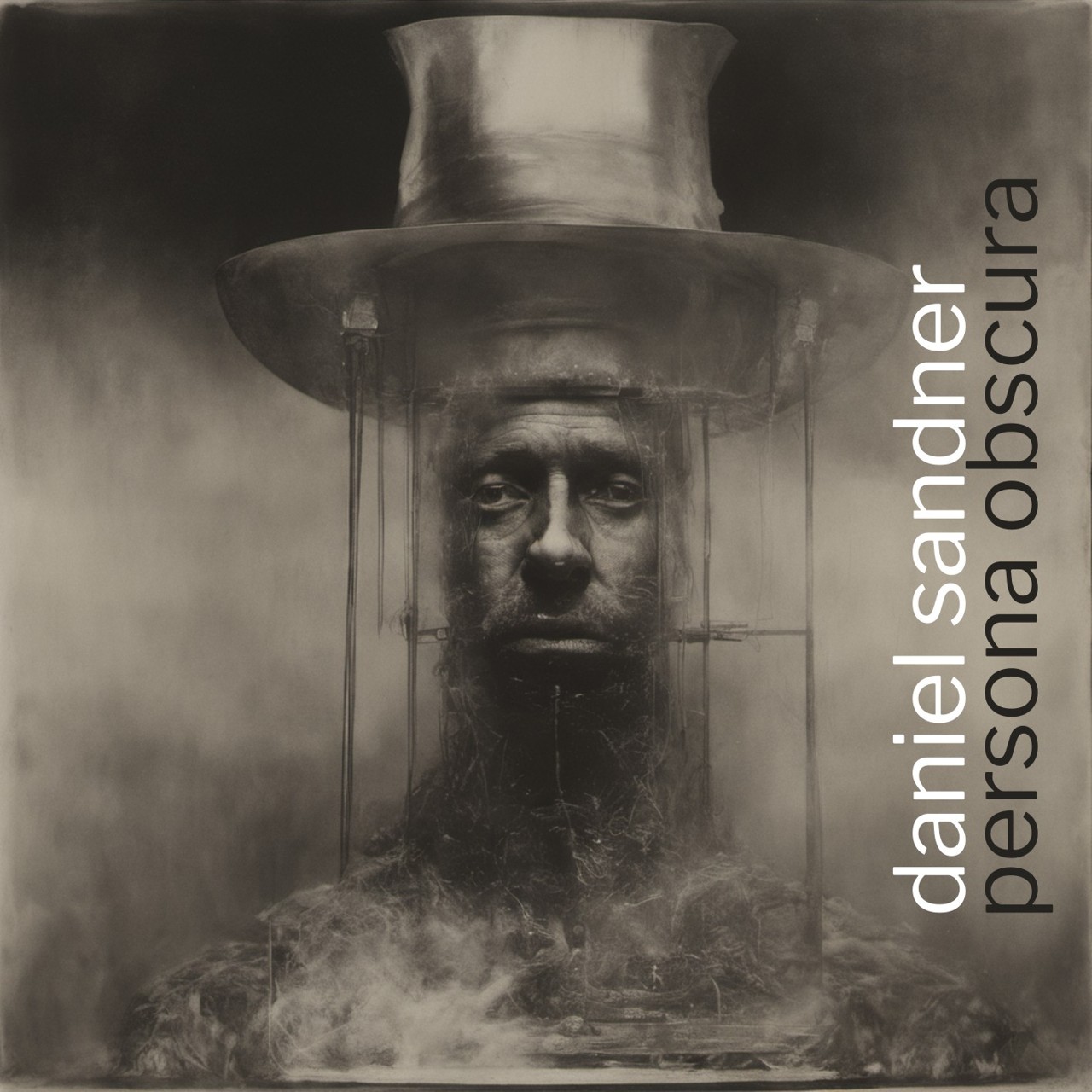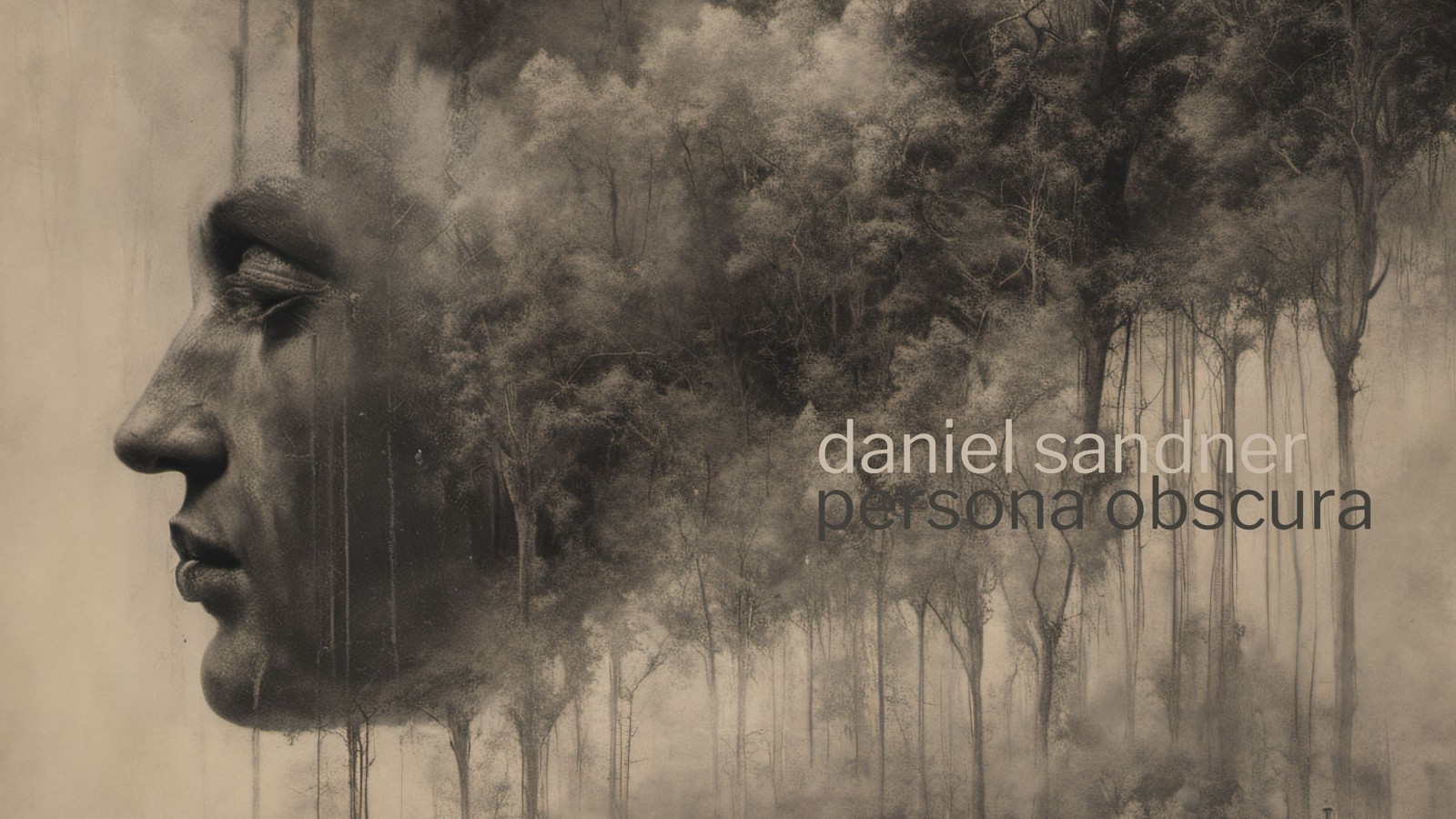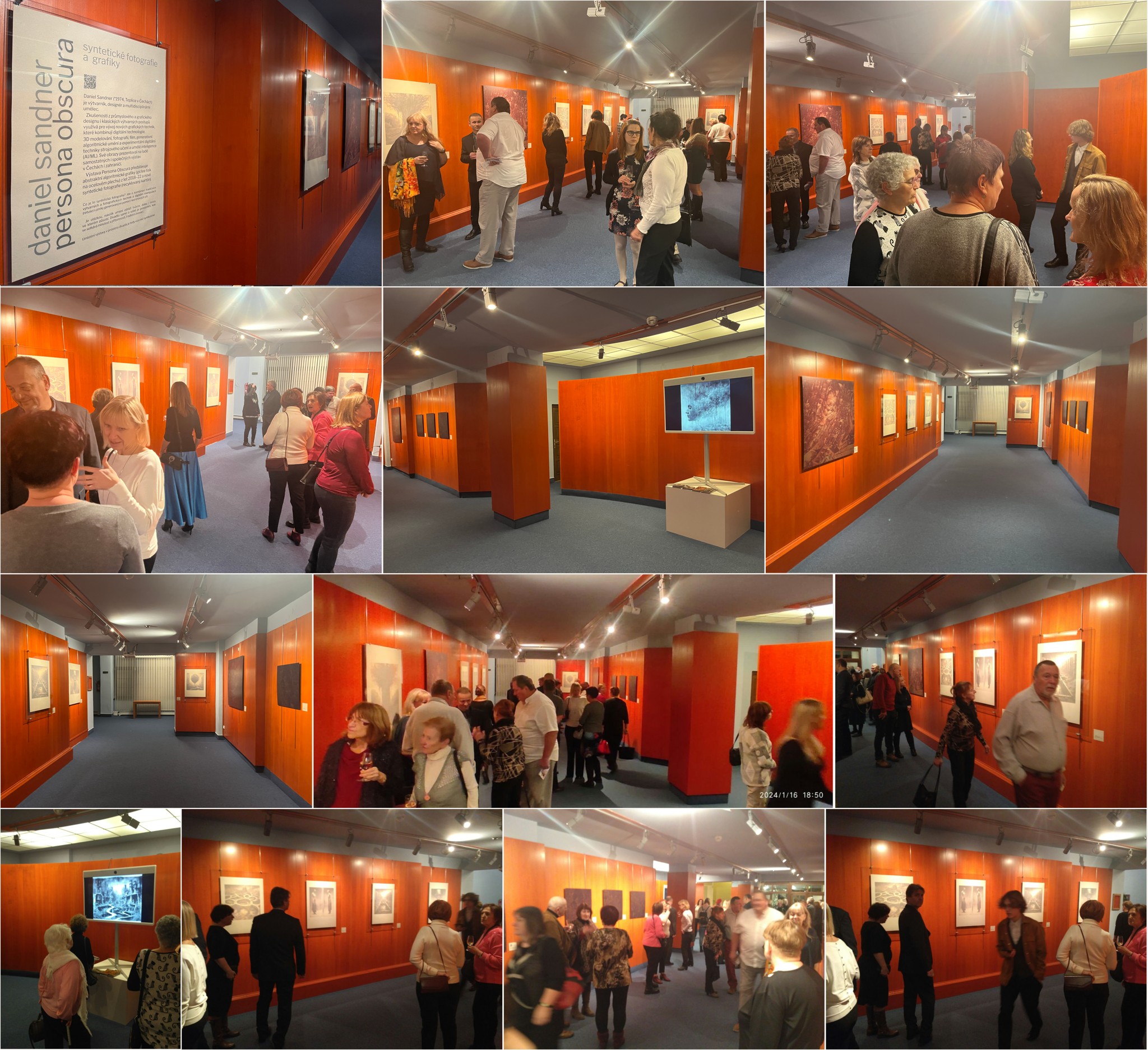Persona Obscura Exhibition

This immersive showcase transcends traditional techniques and mediums, honoring the fusion of technology and artistic expression. Join us for an extraordinary journey through the realms of digital art, where innovation meets imagination, and the future of artistic expression unfolds before your eyes.

Art exhibition showcasing works by Daniel Sandner at City Theatre Decin. Experience a unique mix of digital art, photography, algorithmic art, and neural network creations. Join us for the opening event on January 16, 2024, at 18:00 at City Theatre Decin.
Exhibition Dates: [16.01.2024] - [18.02.2024]
Gallery Hours: [15.00-20.00]
City Theatre Address: [Teplická 587/75, Děčín IV, 405 02 CZECH REPUBLIC], link to map


Persona Obscura. Why did you choose this intriguing title for your showcase?
The title "Persona Obscura" reflects the theme of the exhibition, which revolves around exploring hidden aspects of creative identity and perception. It absolutely draws inspiration from camera obscura, a historical optical device. Much like the camera obscura projects an external scene onto an interior surface (and helps to project and mimic natural realism), my exhibition explores the projection of our internal personas. In the case of algorithmic abstract art, it is a metaphor for the blending of the artificial and the organic, much like how the camera obscura merges external reality with an internal space. In generative AI artworks, the idea is connected to the creative process itself.
How does the unpredictability of generative algorithms play into the representation of these themes in your graphic prints?
The unpredictability of generative algorithms adds a layer of complexity and depth to the representation of the themes. Just as our own identities are multifaceted and often unpredictable, the generative process introduces an element of surprise into the artistic journey. It allows for the emergence of patterns and forms that I might not have conceived through traditional methods. Whatever the process could be, the results are not random. Similarly, we are defined by our choices, after all.
Your work often involves generative AI art. What drew you to this medium, and what, in your opinion, makes generative AI art so interesting?
Generative AI art opens up a whole new realm of creative possibilities. I was drawn to it because of its ability to combine human creativity with the computational power of artificial intelligence. The unpredictable and sometimes chaotic nature of generative algorithms introduces an element of surprise and innovation to the artistic process. It allows for the creation of unique and dynamic pieces that constantly evolve, challenging traditional notions of static art.
For those unfamiliar, could you explain what algorithmic art is and how it plays a role in your creative process?
Algorithmic art involves using algorithms, or step-by-step procedures, to generate visual art. In my case, I design algorithms that govern certain aspects of the artistic process. These algorithms may dictate color schemes, shapes, or even the overall composition of a piece. This approach allows for the creation of images that may not represent reality in a conventional sense but evoke a sense of familiarity.
Moving on to a term that might be less familiar to our audience – synthetic photography. Can you shed some light on what synthetic photography is and how it fits into your body of work?
Synthetic photography refers to the creation of images that may look like traditional photographs but are entirely generated by computer algorithms or digital manipulation. In my work, I use generative AI to simulate the photographic process and styles, using custom models created to represent a concept, structure, or medium.
I hope the audience finds inspiration and contemplation in the visual narratives presented in "Persona Obscura.
Why you've chosen specific materials such as stainless steel or recycled paper for your prints?
I choose a material to align the work with themes. Recycled paper, with its natural and organic feel, unique texture, and imperfections, can evoke a connection to chaos in nature, creating a contrast to computer-generated graphics—or chaos-driven generative algorithms. On the other hand, the sleek and contemporary look of stainless steel may support modern or industrial styles. It is a deliberate effort to align the visual presentation of the artwork with specific aesthetics, but it goes beyond—and in a sense, it is also part of the experiment.

There's an ongoing discussion about generative AI art and whether it's replacing the role of the artist. What are your thoughts on this?
We need to understand that for now, we are using Machine Learning and neural networks to generate art. For the argument's sake, we can call it AI as it is often called as such in the media. In my perspective, generative AI doesn't replace the artist; rather, it becomes a collaborator in the creative process of defining a new genre. AI techniques explore new ideas and challenge the artist to think beyond their traditional boundaries. I tend to see it as a visual poetry of a sort. The future of AI in art, in my opinion, is one of augmentation. It will assist in creating more realistic visual effects, 3D renders, animations, and new visual styles. It helps with form, but rarely with a substance. I am firmly convinced it is a personality that makes art attractive. The true AI, however, could in theory replicate the whole creative or thinking process quite well. It is a question if we really need or want machines with personality... Regardless, it is not AI specifically in art we should be the most cautious of.